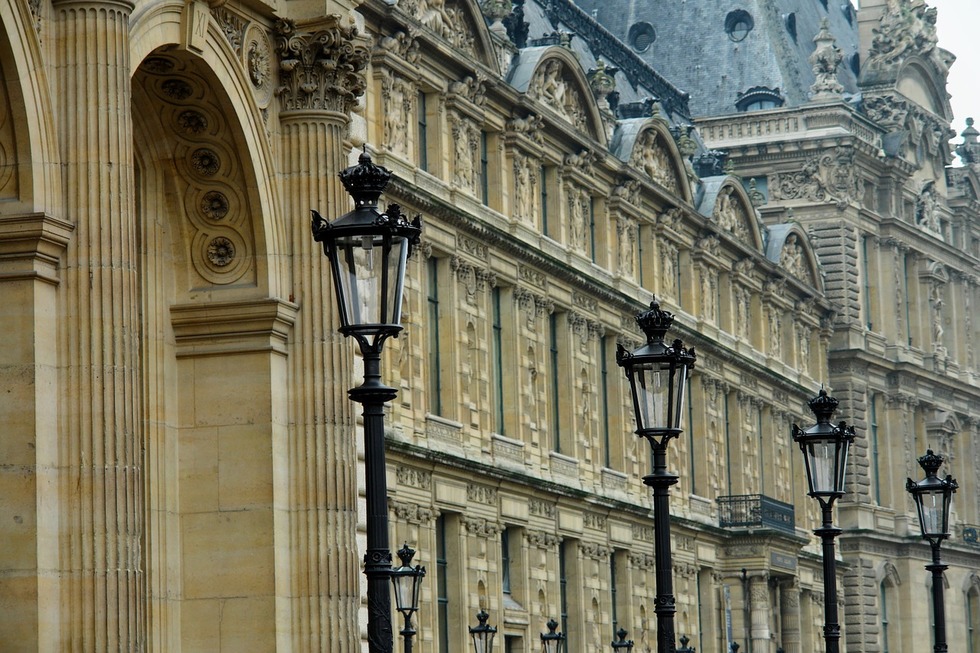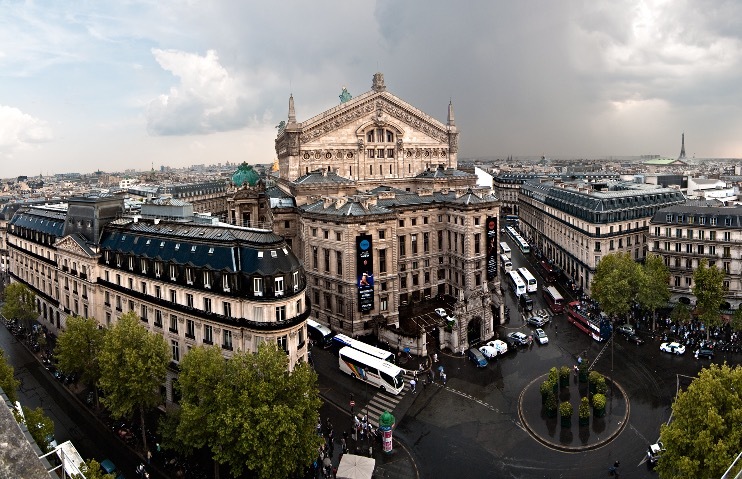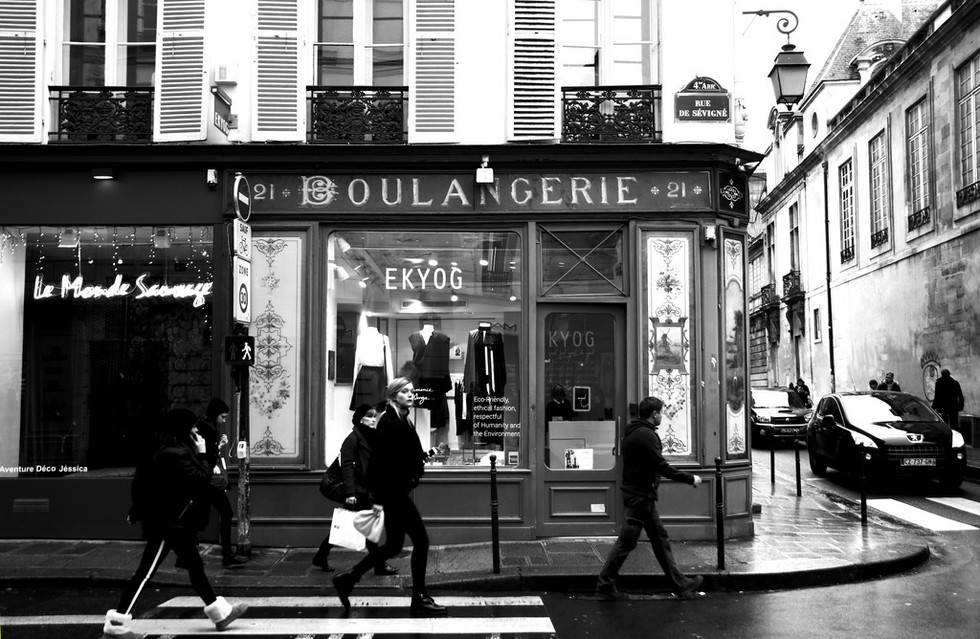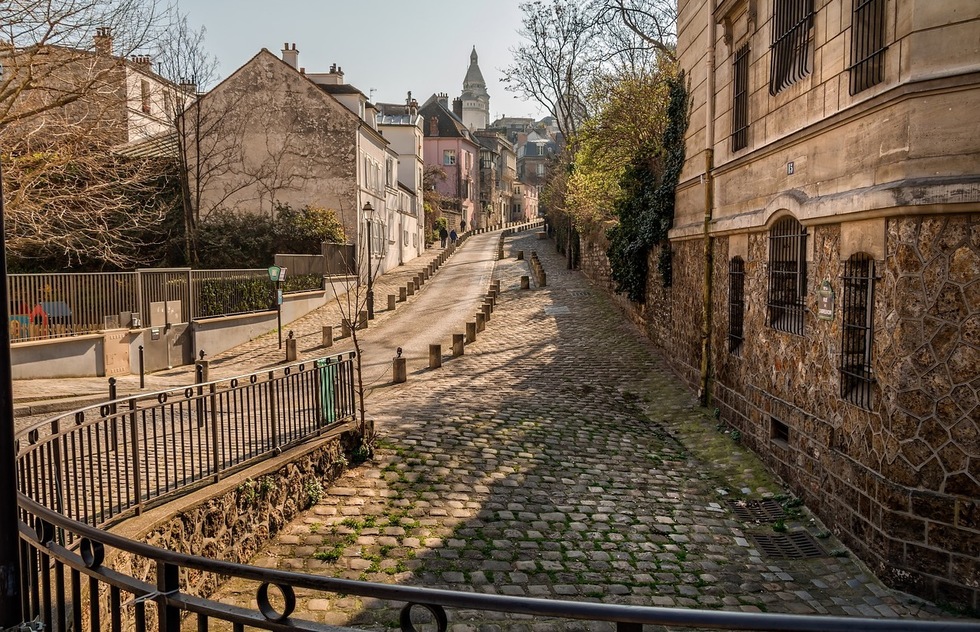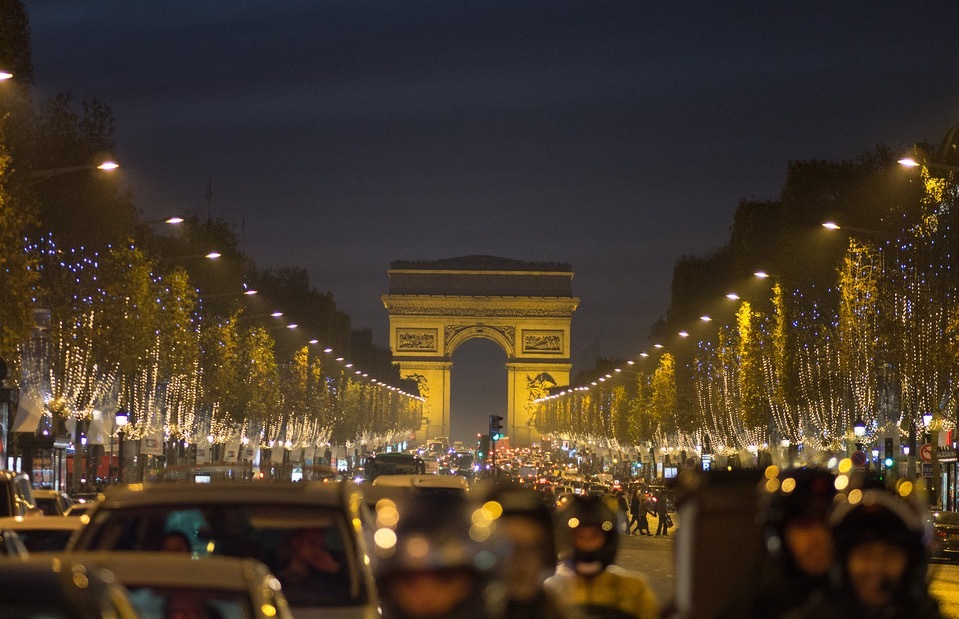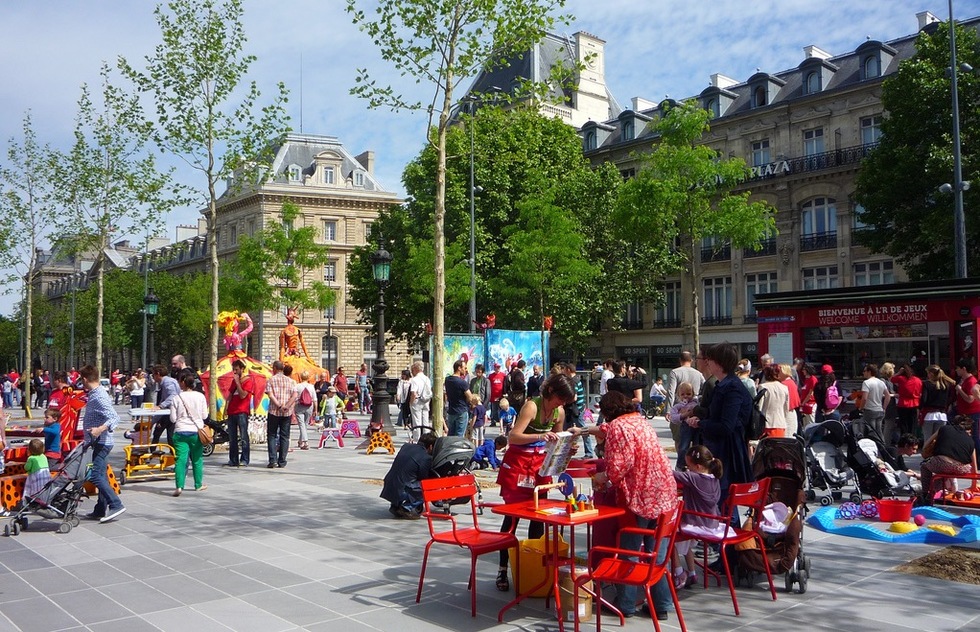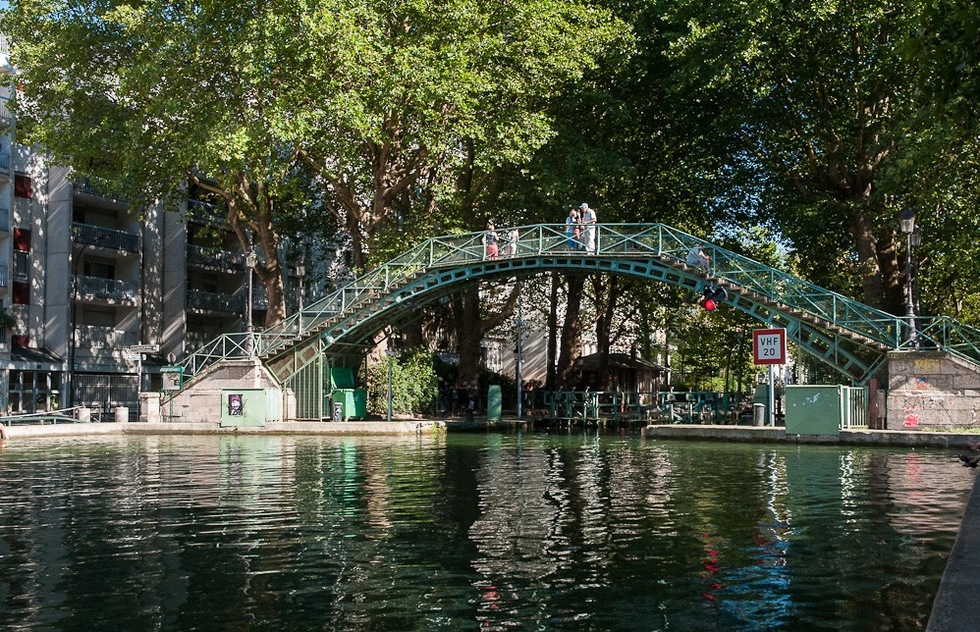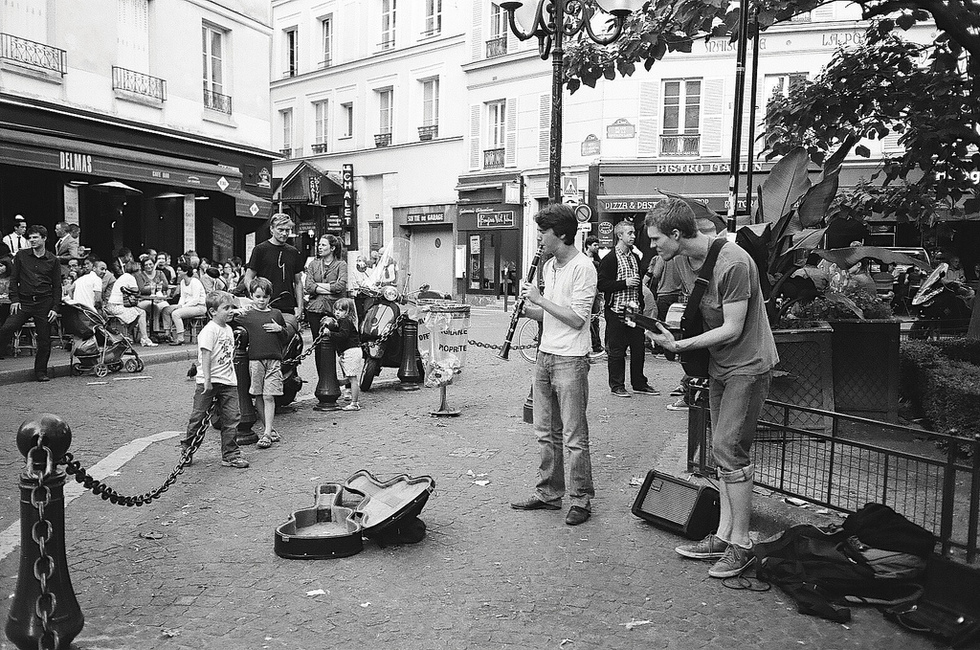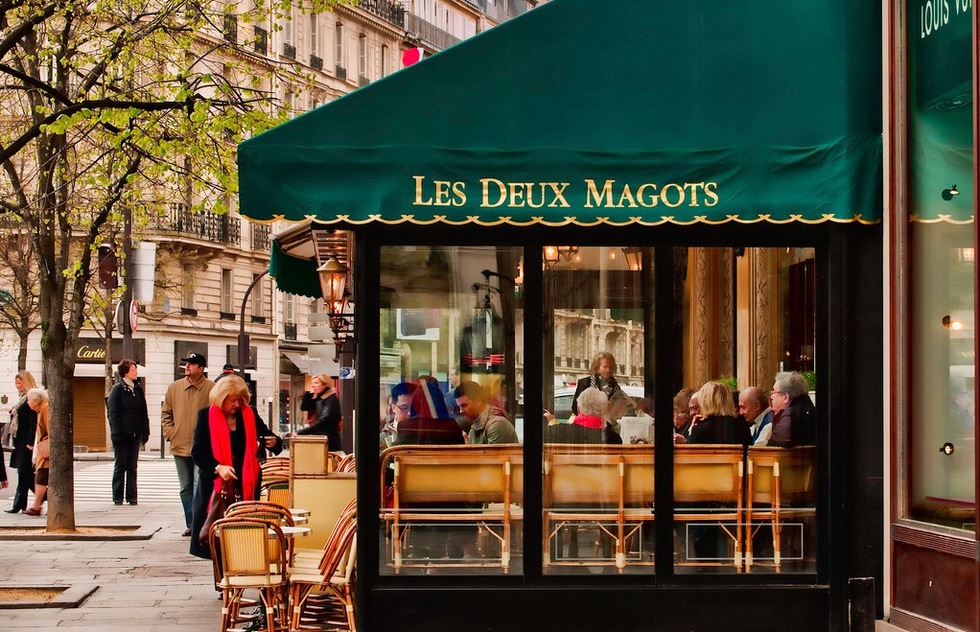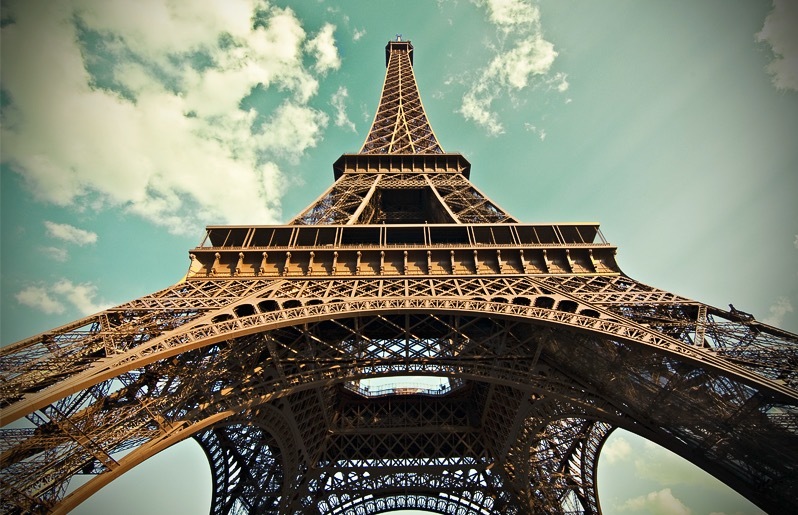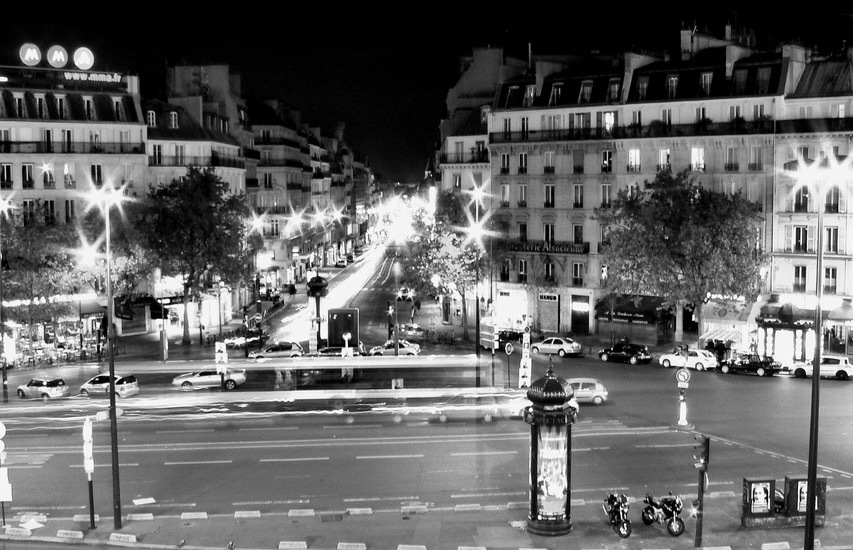Which Paris Arrondissement is Best to Stay In?
By Margie RynnWhat’s your Paris? Is it cool little bars and clubs or is it monuments and museums? Is it romance and reverie or is it exploration and adventure? Are you mesmerized by iconic must-sees, or are you a glutton for corner cafes and unknown alleyways? These are the sorts of existential questions you have to ask yourself before facing the biggest planning query of all: Where should I stay when I go to Paris?
There are so many great neighborhoods in the city—which is broken into 20 arrondissements, or districts—that you really can't go disastrously wrong. Paris is not huge, so as long as you stay somewhere near the center of town where the Métro goes, you can get from one area to another pretty easily. Still, it’s best to choose a spot that fits your style and enhances your stay. Here's a brief overview of the best neighborhoods in Paris for vacationers.
You can’t get much more central than this. More monuments per square kilometer are crowded into the 1st and 4th arrondissements than probably any other part of the city. Notre-Dame, Sainte-Chapelle, the Louvre and the Tuileries Garden top the list, but there are plenty of other landmarks nearby.
Strong points: If you are only in town for a couple of days, you’ll be able to save time getting to many of the top sights on the hit parade. And transportation to and from the airport will be très convenient.
Weak points: Other than monuments and tourist attractions, there is not much real life happening in this neighborhood, which gets pretty dead at night. Also, hotels tend to be cramped and expensive.
This area stretches from just above the Tuileries to the underskirts of Montmartre. Other than the Opéra Garnier, it’s not really known for anything iconic, but it is one of the more up-and-coming parts of the city, crammed with good restaurants and cool bars and cafés.
Strong points: Lots of nice little streets with interesting shops, good food and drink, and beautiful covered passages (think 19th-century shopping mall) to explore.
Weak points: Not the most central part of town, and there are hardly any famous monuments or museums. A few of the most popular going-out streets, like rue Montorgueil, can get painfully crowded with yuppies looking for the ultimate eats.
You’ve probably heard of this neighborhood, and for good reason: It is filled with beautiful renovated mini palaces, grade-A museums, chic boutiques, and yummy restaurants. Which is both a blessing and a curse, because the area is now so trendy that it has lost some of the local character that made it so much fun in the first place.
Strong points: Strolling around is a feast for the eyes and you won’t be wanting for good food and fun cafes. This is the nerve center of Paris’ gay community, with plenty of bars and clubs open to one and all. You’ll find some of the city’s best smaller museums (Picasso, Carnavalet), as well as a terrific assortment of boutique hotels.
Weak points: The Marais is so cherished by hip vacationers that English is often the predominant language in those cute cafes and restaurants. There are tons of clothing boutiques but few bakeries and grocery stores. And while the district is relatively central, public transit is not as plentiful here as in other parts of the city.
This erstwhile village was once a clubby enclave for artists and thinkers but is now a delightful neighborhood that was seared into the collective consciousness by the now-classic 2001 movie Amélie. High on a hill overlooking the city, winding streets and lovely views are plentiful, as are tourists in certain overhyped areas (like the place du Tertre).
Strong points: Hopeless romantics will enjoy the abundant opportunities to moon over the pretty squares and streetscapes, while their hip companions will be able to root out lots of cute boutiques and bars. If you can get away from Sacré-Coeur, it’s quiet here—a village far from the madding crowd.
Weak points: It’s far from the center of town. You’ll need to add extra time to get to the major monuments and museums, aside from the overcrowded Sacré-Coeur, which you will probably want to flee. Be prepared to work your quads hiking that hill to get to your hotel.
Massive monuments and high-end hotels are the highlights of this ‘hood, which also features some top-notch museums. The Champs-Élysées, the city’s largest and most famous boulevard, is a river of asphalt and luxury that laps the Arc de Triomphe and spills out onto the Place de la Concorde. Mighty and impressive, this is the Beverly Hills of Paris—and it has the prices to match.
Strong points: Lots of great museums, terrific window shopping, and for those who can afford it, fantastic palace hotels. The sub-neighborhood of Passy, though out of the way, is a high-class village with cute walkable market streets and smaller hotels. Plenty of chic nightlife can be found on and around the Champs, where the stores are open on Sunday.
Weak points: With the exception of Passy, a very low authenticity quotient, especially on the Champs, where huge brand-name stores come with huge crowds of tourists. Prices are predictably high here, even in the smaller hotels. It's slightly out of the center of town, and away from the Champs, it gets very quiet at night.
While not quite as beautiful, this zone beats its counterparts to the west when it comes to energy and youthful pizzazz. Clubs, cafes, restaurants, and theaters abound, as well as a certain down-to-earth style that is becoming increasingly rare as the city gentrifies. Two humongous plazas, République (pictured above) and Bastille, are known for their revolutionary history and are still the starting points for the many manifs (or demonstrations) that periodically swamp the boulevards, voicing various societal griefs.
Strong points: One of the few parts of Paris where you can still find cheap lodgings, and there are also loads of cool restaurants and nightlife options. Still clinging to its plebeian past, this area allows for encounters with regular folk and perhaps supplies a more authentic slice of Parisian life than elsewhere. It’s near the even hotter and more happening areas of Ménilmontant and Belleville (those are on the next slide), but closer to the city center and easier to access.
Weak points: There are very few monuments, museums, or tourist attractions, and it’s a hike to get to the ones in other neighborhods. Aesthetically speaking, the architecture is not on par with some of the swankier areas to the west. And it's not always easy to find peace and quiet in this lively and urban part of town.
Though quickly gentrifying, this working class area still has enough of a quirky, bohemian feel to draw artists, musicians, and young people of all stripes who congregate in hip restaurants and cafes. Hotels veer from offbeat and trendy to just plain cheapo, with a couple of giant youth hostels for the backpacking crowd. The 10th is where you'll find the Paris-Est station and the Gare du Nord, which serves Eurostar trains to London.
Strong points: Lined with cafes, the Canal (pictured above) is a lovely spot for strolls on sunny days and there are lots of funky clubs and bars nearby to keep you busy at night. There’s an unspoiled, regular-folk aura to the neighborhood that is a nice change from the posh and polished tourist areas.
Weak points: It’s a hike from the center of town, and there are fewer lodging options here. You won’t be swooning over the architecture either, and other than the Père-Lachaise cemetery, there are no major monuments. It might make for a better night out than a base for exploring the city.
For centuries, students have been flocking to this neighborhood, and they still cram the hallways of the many universities here, including the Sorbonne. They've helped keep the neighborhood “real,” despite the flood of tourists that pool in the streets off Place Saint-Michel.
Strong points: A very central location, easy access to other parts of town, and a good range of more-or-less affordable lodgings and eats. If rue Mouffetard has gotten somewhat touristy, it still is the home of good food shops and restaurants, and there are lots of cute streets with bookshops, markets, and stores with down-to-earth prices. The Jardin des Plantes provides a refreshing splash of greenery.
Weak points: Rue de la Huchette and the maze of tourist-crammed streets near the Seine. There aren’t that many organized tourist sights here (although Notre-Dame is within walking distance), and few trendy boutiques. If it’s elegance you are after, you’ll want to head west.
While the rents have skyrocketed since the days when intellectual heroes like Sartre and de Beauvoir frequented the neighborhood cafes, there is still something cerebral in the air around here. Publishers and editors still call these streets home; major universities can be found nestled in the back streets. Brainiacs aside, it’s gorgeous here, and there are tons of chic boutiques.
Strong points: Central location, great food and drink, beautiful buildings, and easy access to the beautiful Luxembourg Gardens. Museums, large and small (including the Musée d’Orsay), are nearby and so are opportunities for sentimental strolls along the Seine.
Weak points: Price. This classy neighborhood is in such demand that small hotels with small rooms can charge big bucks. You won’t see much by way of working class folks, and you may feel the need to check your hair several times before you go out among the fashionable crowds.
The Iron Lady’s long neck can be seen from many parts of this area, which is one of the reasons why so many tourists want to stay here. With the Eiffel Tower, the Invalides, the Rodin Museum, and a load of ministries and consulates, this is one of the city’s grandest neighborhoods, with oodles of stately buildings and tony shops.
Strong points: Major monuments and museums within easy walking distance, photo opportunities everywhere, and a wide array of hotel options, from palatial to plebeian. Good food on and around rue Cler and rue Saint-Dominique; the Champs-de-Mars is prime picnicking terrain.
Weak points: Despite the abundance of monuments, this area is not in the city center. Unless you like hobnobbing with diplomats, you probably won’t meet many native Parisians, though you will hear lots of English, especially near the Tower. After dark, the streets are pretty lifeless, so you’ll need to whoop it up in another part of town.
Tourists are often scared away from this historic neighborhood by the looming presence of the Tour Montparnasse, the city’s lone skyscraper. But if you take a look around, the district's charms grow on you, particularly if you have a train to catch or have the urge to shop without burning a hole in your pocketbook.
Strong points: Affordable hotels—a dying breed—can be found around here, as well as good food at reasonable prices (especially if you like crepes). Lots of European chain stores on rue de Rennes, as well as a shopping center near the train station (which serves Bordeaux and other southern French areas). Romantics will enjoy the moody Montparnasse cemetery, as well as the famous cafes where the likes of Henry Miller and Hemingway once drank themselves silly.
Weak points: A bit less central than other parts of the city, and less aesthetically pleasing, due to the skyscraper and similar architectural horrors near the station. A high commercial quotient makes this not the quietest of neighborhoods. There are few major tourist sights or museums.
For lots more Paris advice, including specific hotel recommedations, pick up one of our several guides to the city and other destinations in France, available here.






